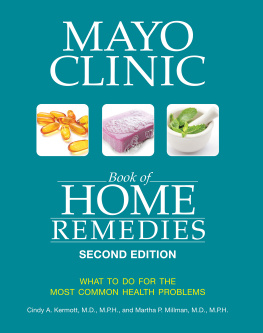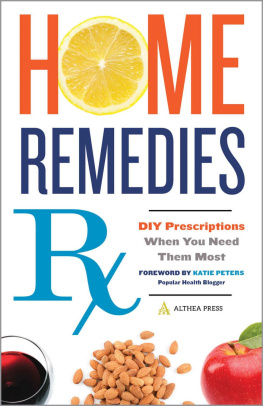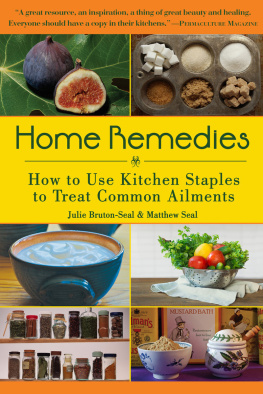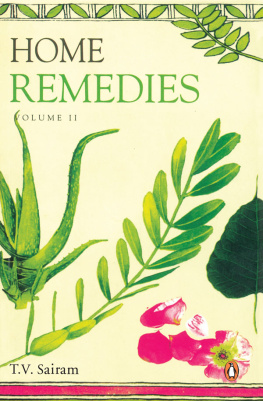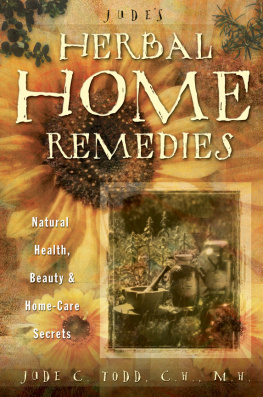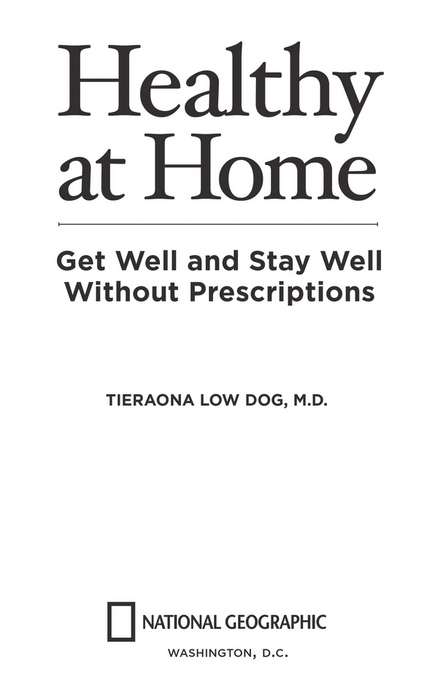Published by the National Geographic Society
1145 17th Street N.W., Washington, D.C. 20036
Copyright 2014 Tieraona Low Dog, M.D. All rights reserved. Reproduction of the whole or any part of the contents without written permission from the publisher is prohibited.
Library of Congress Cataloging-in-Publication Data
Low Dog, Tieraona, author.
Healthy at home : get well and stay well without prescriptions / Tieraona Low Dog, M.D.
p. cm.
ISBN 978-1-4262-1258-1 (hardback)
eBook ISBN: 978-1-4262-1259-8
1. Naturopathy. 2. Diet therapy. 3. Self-care, Health. I. Title.
RZ440.L68 2014
615.535dc23
2013034581

The National Geographic Society is one of the worlds largest nonprofit scientific and educational organizations. Its mission is to inspire people to care about the planet. Founded in 1888, the Society is member supported and offers a community for members to get closer to explorers, connect with other members, and help make a difference. The Society reaches more than 450 million people worldwide each month through National Geographic and other magazines; National Geographic Channel; television documentaries; music; radio; films; books; DVDs; maps; exhibitions; live events; school publishing programs; interactive media; and merchandise. National Geographic has funded more than 10,000 scientific research, conservation, and exploration projects and supports an education program promoting geographic literacy. For more information, visit www.nationalgeographic.com.
National Geographic Society
1145 17th Street N.W.
Washington, D.C. 20036-4688 U.S.A.
For rights or permissions inquiries, please contact National Geographic Books Subsidiary Rights:
Front cover photograph: Reed S. Rhan
Cover design: Melissa Farris
Interior design: Katie Olsen
v3.1
For Mekoce and Kiara
and to all those who come after
Cherish the Earth
As you have cherished your own mother
Live your life in service to others
Give Glory to the Creator
Keep your heart close to Nature
Grow your roots deep
Be grateful for the Life you have been given
If you do these things,
Your Medicine will always be strong
Disclaimer
This book is designed as a reference volume and is made available to the public with the understanding that the author and the publisher are not rendering medical or other professional advice tailored to individual needs and situations. You should not use the information contained in this book as a substitute for the advice of a licensed health care professional and should consult a health care professional to address any health concerns specific to you.
Because herbs can interact with medications or affect some medical conditions, you should always check with your prescribing health care professional before using the herbal remedies described in this book.
The author and publisher disclaim any liability whatsoever with respect to any loss, injury, or damage arising out of the use of the information contained in this book or omission from any information in this book.
Mention of specific products, companies, or organizations does not imply that the publisher and author of this book endorse such products, companies, or organizations.
Contents

Chapter 1
Making Medicine at Home
Chapter 2
Understanding and Managing Infections
Chapter 3
Caring for the Respiratory System
Chapter 4
Calming the Nerves, Strengthening the Nervous System
Chapter 5
Healing the Gut
Chapter 6
Helping and Healing the Skin
Chapter 7
Womens Medicine
Chapter 8
The Gift of Plants
Chapter 9
The Eighteen Essentials: Natural Remedies Every Home Should Have on Hand

Foreword
S tudies of ancient peoples have shown that at least 50,000 years ago they understood the importance of plants in healing. In a recent archaeological study, Neanderthals were discovered to have residues of compounds found in chamomile and yarrow on their teeth. These are not food plants, so the investigators concluded that they were recognized by these people for their healing properties and used as medicines. The first known medical prescription, written on clay tablets by physicians in Sumer (modern-day Iraq) around 2400 B.C. , describes the preparation of herbs as poultices and for internal remedies and offers guidance on other medical matters. This tradition of using plants to improve health and maintain wellness continues to the present day, with an estimated four billion people around the world relying on them for some aspect of their primary health care. And interest in this field continues to grow, along with an increase in laboratory and clinical studies evaluating the safety and efficacy of herbal medicines.
As an ethnobotanist Ive spent most of my career learning about the uses of plants from indigenous cultures in remote parts of the world. This has been a journey that is now in its fourth decade, and I am fortunate to be able to continue these explorations. The pursuit of plants, along with knowledge about their use and conservation, has required long stays in areas that include the Amazon Valley, Central America, Asia, the Middle East, and most recently the small tropical islands of the Pacific known as Micronesia. In many of these places access to Western medicine is spotty at best, and often completely unavailable.
For example, the Micronesian islands are extremely remote and very small, and survival over many generations has meant developing a sustainable lifestyle in harmony with natureafter all, on an island of a few dozen or even a hundred square miles, if resources are depleted, there is nowhere else to go. At the same time, resilience is another requirement of the island lifestylepeople must weather storms, survive droughts, and deal with climate change and even an occasional epidemic of disease, while producing or importing the bulk of the things they need to live. In the arena of health care, many of these places are underserved, with limited facilities and access to modern pharmaceutical medicines. Thus, there still is great interest in using traditional, time-tested methods to treat common conditions and maintain wellness.
Over the past few years the teams of people with whom Ive been privileged to work have produced primary health care manuals for the islands of Palau and Pohnpei in Micronesia, combining traditional plant-based healing techniques with contemporary medical practices. The idea is that by honoring and maintaining the health care approaches of the past, people can have a health care system that is sustainable as the elders who hold the knowledge pass on, and indeed, have a system that will withstand the transformations brought about by global change.
And it is that same spirit of self-sustainability and resilience amid the challenges of modern life that Tieraona Low Dog, M.D., provides the reader through this remarkably useful book. A collection of lessons based on her experiences of growing, preparing, and using herbsfor patients, her family, and herselfthis is an extraordinary resource for people interested in achieving a healthier lifestyle.


